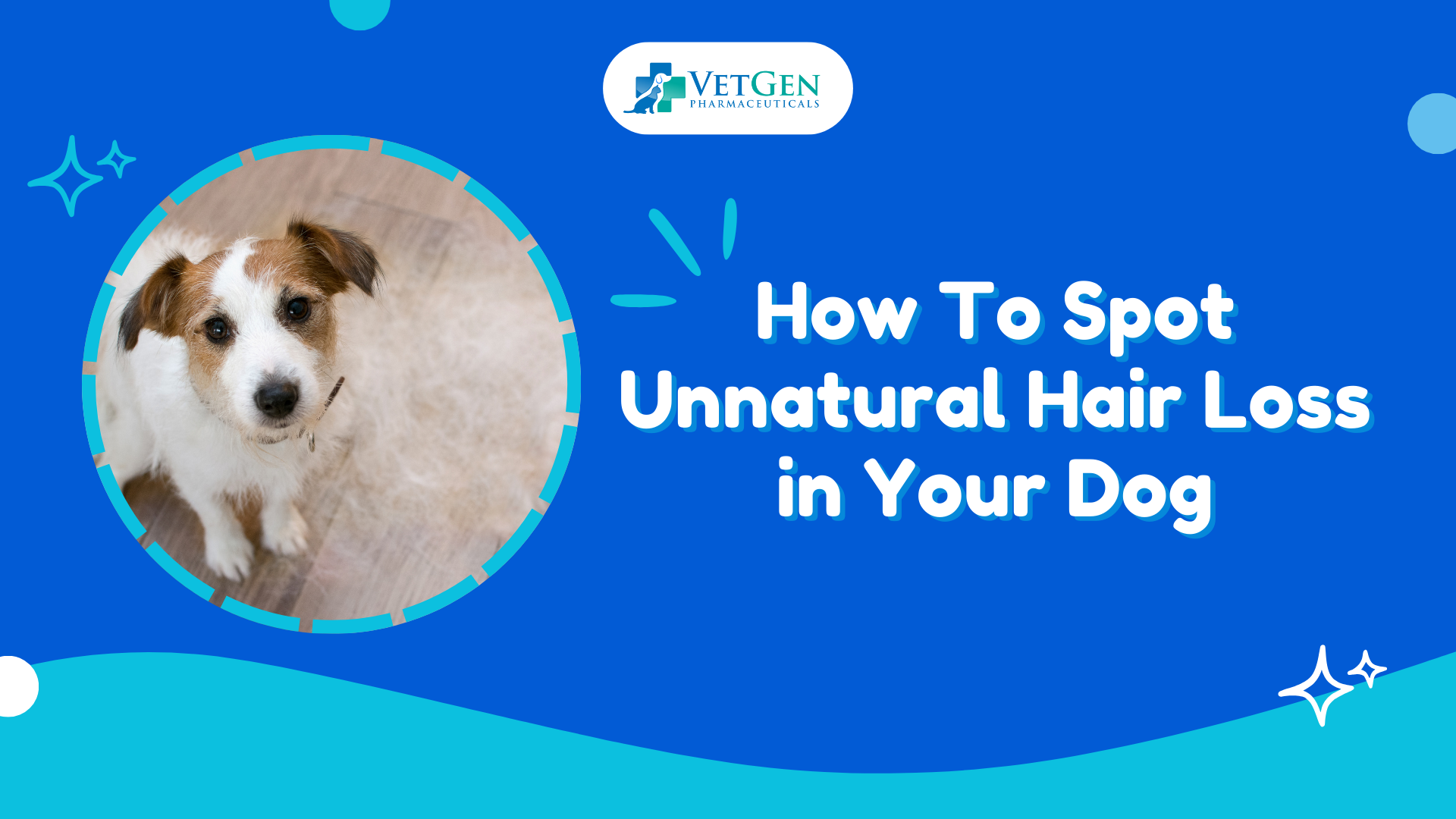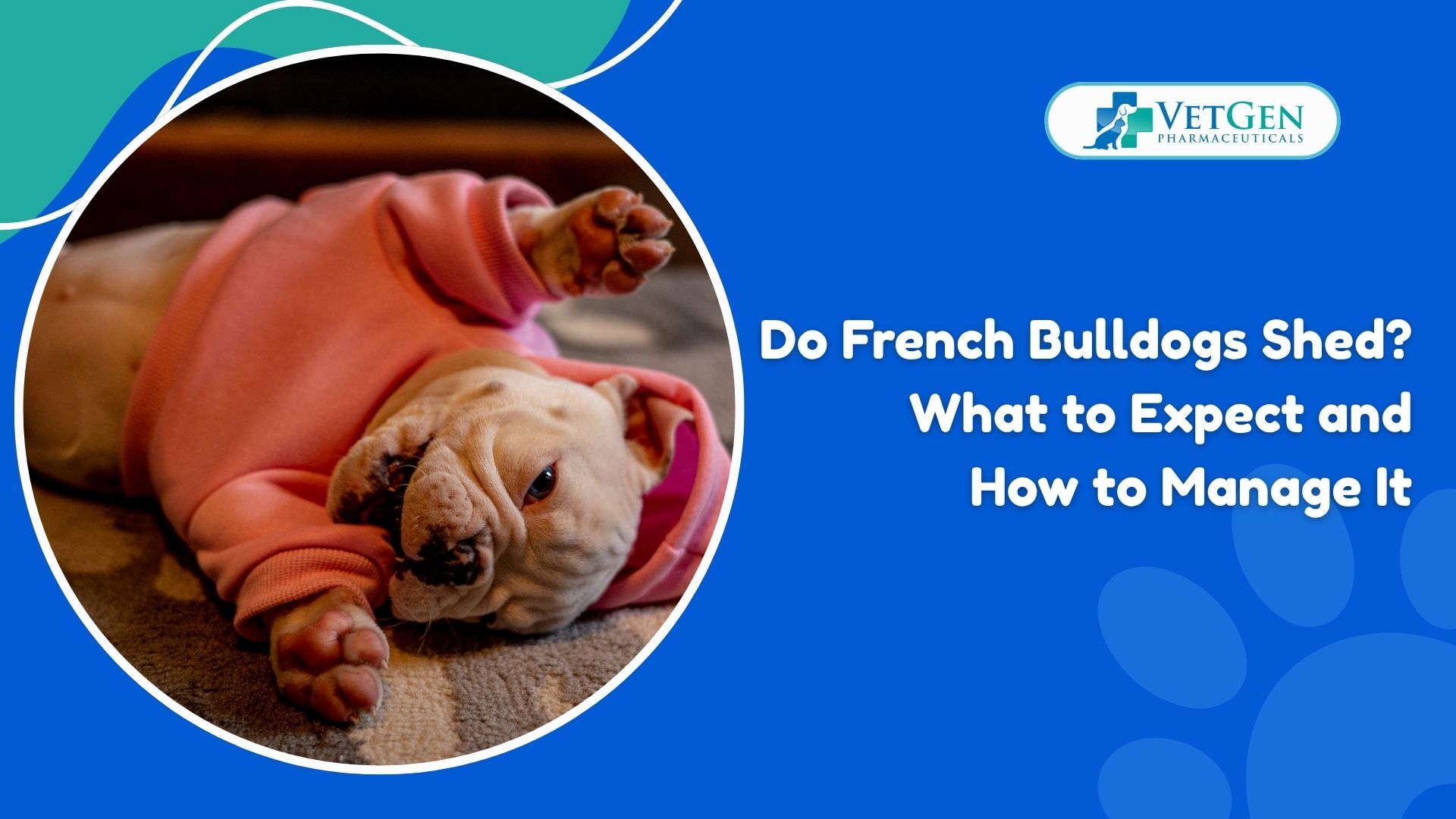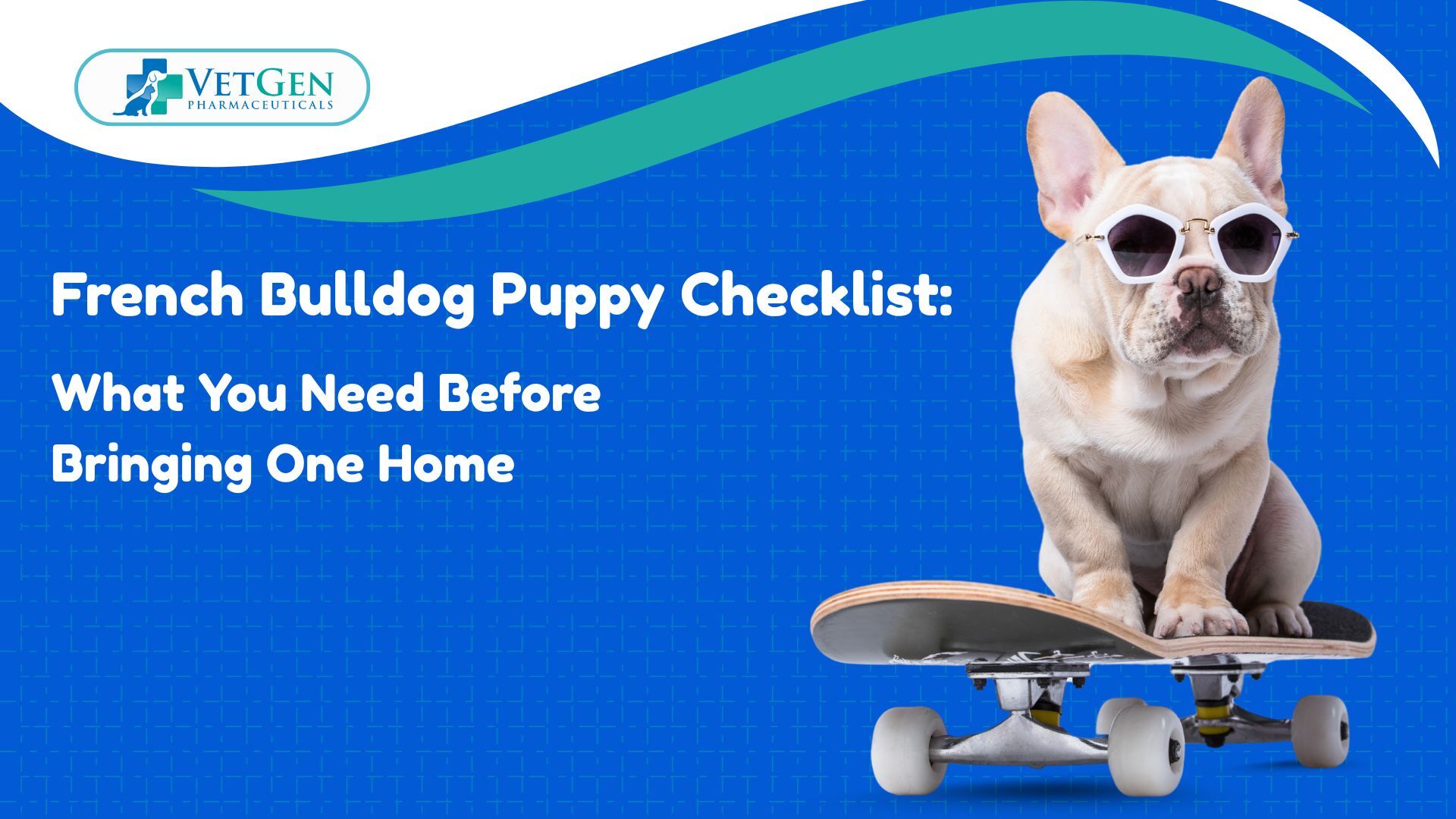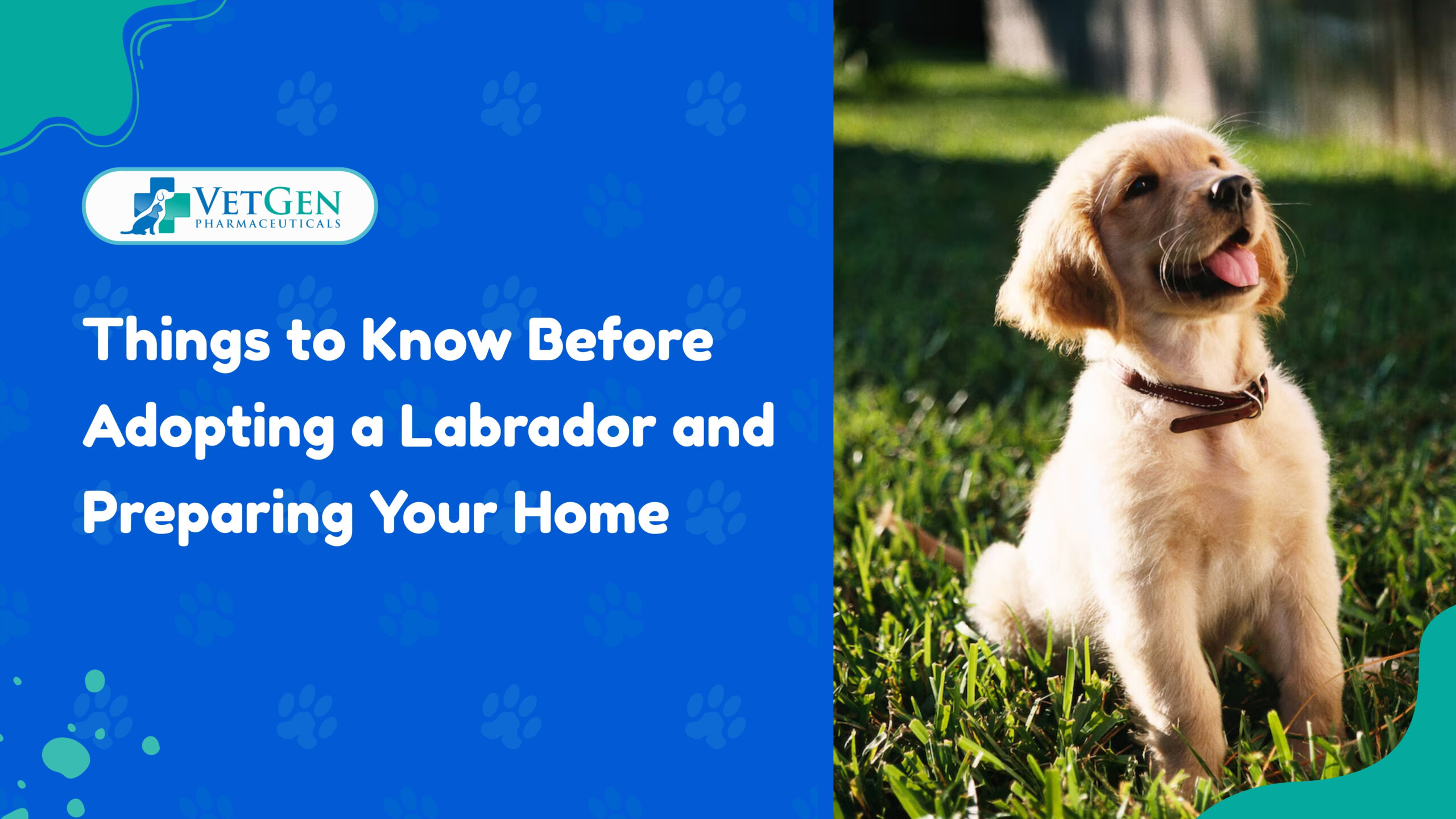It is actually very common for a dog with normally itchy skin to have some hair loss in areas where they’ve been obsessively scratching, licking, pulling or biting.
The underlying cause for itchy skin with hair loss can include allergies, bacterial and fungal skin infections and parasitic infestations such as demodectic or sarcoptic mange.
But what if your dog isn’t itchy?
What if they have none of these conditions where hair thinning or falling out is considered “normal”?
Should you be concerned?
The first thing to remember is to educate yourself.
Your dog needs you to know what’s going on because they can’t tell you what’s bothering them.
Get plenty of information and if you think there is something more seriously wrong with your dog, be sure to take them to your regular vet as soon as possible.
There are many different reasons and causes for your dog having hair loss issues if they are not experiencing combined itchiness.
1. Alopecia X
Alopecia X is an endocrine condition that is commonly referred to as black skin disease.
It’s a cosmetic skin condition characterized by areas of hair loss and hyperpigmentation.
Alopecia X is caused by an imbalance of sex hormones that causes hair loss or inability to regrow the coat, coupled with insufficient production of melatonin, which is what causes the skin to darken over time.
2. Reactions to drugs or vaccines
Your dog could be experiencing hair loss due to a negative reaction caused by a recent dose of antibiotics, a new flea medication, heartworm medication or other vaccines.
Chat with your vet if you notice irregular hair and skin issues in your dog after a dose of medicine.
3. Hypothyroidism
Hypothyroidism is a condition where a dog’s thyroid is underactive and unable to produce enough of the hormone thyroxine to meet the body’s needs.
Hypothyroidism is more common in medium to large dogs of both sexes who are between the ages of 4 and 10.
4. Pressure Sores
If your dog has pressure sores, also called decubital ulcers or bedsores, they typically can be found on your dog’s elbows or other bony body parts that often come in contact with hard surfaces. The skin in these areas can become rough, callused, and hairless, and can even crack and bleed. Be sure to keep an eye on these areas for your dog to care for their skin.
5. Zinc-responsive Dermatosis
This disorder can show up in dogs being fed cheap food.
But also is sometimes found in breeds like Siberian Huskies, Alaskan Malamutes, and Doberman Pinschers.
Your dog can develop this even if they are eating enough zinc.
The symptoms are hair loss around the ears, eyes, and mouth, combined with crusty elbows and feet.
Dogs with these symptoms might need zinc supplements to get better.
Check with your vet to make sure that it isn’t a genetic issue that needs lifelong treatment.
Conclusion
When your dog is experiencing symptoms of skin and coat growth issues, pay attention. Keep an eye on how long the issue persists, if the hair loss spreads or gets more severe with certain triggers, etc. The best thing you can do is provide your dog with a diet and supplements to keep their skin and coat healthy and nourished.
Frequently Asked Questions
What are the signs of unnatural hair loss in my dog?
Signs of unnatural hair loss may include excessive shedding, bald patches, thinning fur, changes in coat texture, redness or inflammation of the skin, itching, and scratching.
What could cause unnatural hair loss in dogs?
Unnatural hair loss can be caused by various factors, including allergies (food, environmental), parasites (fleas, ticks, mites), hormonal imbalances, infections (bacterial, fungal), poor diet, stress, and underlying medical conditions such as thyroid issues.
How can I tell if my dog’s hair loss is due to allergies?
If your dog’s hair loss is accompanied by itching, scratching, or redness of the skin, it may be due to allergies. Your vet can perform tests to determine if your dog has allergies.
When should I take my dog to the vet for hair loss?
Take your dog to the vet if you notice significant hair loss, bald patches, skin irritation, or if your dog seems uncomfortable or in pain. Early intervention can help diagnose and treat the underlying cause.
Can stress cause hair loss in dogs?
Yes, stress can lead to hair loss in dogs. Changes in routine, separation anxiety, or other stressful situations can cause a dog to excessively groom themselves, leading to hair loss.
What treatments are available for unnatural hair loss in dogs?
Treatment for hair loss depends on the underlying cause. Your vet may recommend medications, dietary changes, topical treatments, or other interventions based on the diagnosis. Always follow your vet’s recommendations for treatment.






